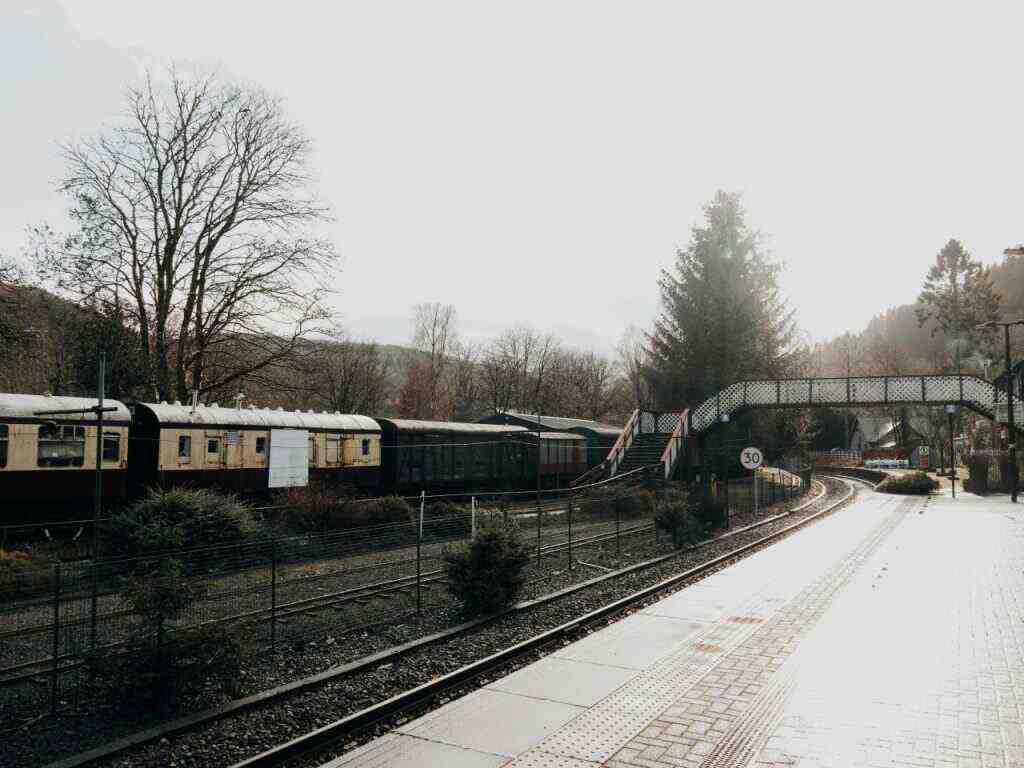Lincoln’s Snow Day Science: Unraveling the Formula Behind School Closures
When winter’s icy grip descends upon Lincoln, Nebraska, the question that dances on the lips of students and parents alike is: Will there be a snow day?
The decision to close schools due to inclement weather is a complex and multifaceted endeavor, guided by a unique science that takes into account a multitude of factors. In this comprehensive exploration, we delve into the intricate process behind determining snow days in Lincoln, uncovering the formula that shapes these crucial decisions.
The Excitement of a Snow Day: A Student’s Perspective
For students, the prospect of a snow day is often met with an exhilarating mix of anticipation and joy. The thought of a day free from lessons, exams, and the confines of the classroom holds an irresistible allure. Snow days offer a chance to bundle up, venture outdoors, and revel in the wintry wonderland that envelops the city.
The excitement is palpable in the air as students eagerly await the announcement that will determine their fate. Social media buzzes with predictions and speculations, while eyes are glued to weather forecasts, hoping for the magic words: “School is closed.”
Back-to-Back Snow Days: Questioning the Decision-Making Process
The start of the semester in Lincoln was marked by an unusual occurrence: back-to-back snow days. This consecutive closure raised questions among some parents and students, prompting them to wonder about the decision-making process behind these cancellations.
The concerns stemmed from the perception that the snow days were called prematurely, leading to missed opportunities for education. The inquiry into the decision-making process highlighted the need for transparency and clear communication regarding the criteria used to determine school closures.
The Formula for Snow Days: Unraveling the Intricate Process
The ultimate authority in deciding school closures rests with Superintendent Dr. Paul Gausman, who shoulders the responsibility of ensuring the safety of students and staff while balancing the need for uninterrupted education.
Contrary to popular belief, sub-zero temperatures alone do not warrant a snow day. Dr. Gausman explained, “We’re not going to close school anytime we are below zero because we would have a very altered school year.”
Instead, the decision hinges upon a careful consideration of various factors, including wind chill, road conditions, and the ability of staff to safely perform their duties. Ensuring a safe learning environment for students and staff is paramount in determining whether schools will remain open or close.
Making Up Missed Days: Addressing Parental Concerns
A common concern among parents is whether missed school days due to snow will need to be made up. Dr. Gausman addressed this concern, stating, “It’s not necessary for us to do that and we hope the worst of the storms are past us.”
To mitigate the impact of potential school closures, LPS proactively schedules in more hours than required by the district. This foresight ensures that elementary schools have a one-day buffer, middle schools have a 10-day buffer, and high schools have a five-day buffer.
The Importance of In-Person Learning: A Commitment to Quality Education
Dr. Gausman firmly believes that the best way for students to learn is in a classroom with a teacher physically present. He emphasized, “We are going to maintain that for as long as we possibly can.”
Schools strive to stay open to provide a stable and supportive environment for students, especially during challenging weather conditions. By remaining open, schools create a safe space for students, providing them with warmth, nourishment, and a sense of normalcy amidst the disruptions caused by inclement weather.
Conclusion: Striking a Delicate Balance
The decision to call a snow day in Lincoln, Nebraska, is a complex and nuanced process that takes into account various factors beyond sub-zero temperatures. The goal is to strike a delicate balance between the need for education and the safety of students and staff.
Understanding the circumstances faced by different families during severe weather is also crucial in ensuring that schools remain a source of support and stability for all students.
As the winter season unfolds, the intricate science behind snow days will continue to play a pivotal role in shaping the educational landscape of Lincoln. The ongoing commitment to providing a quality education, while prioritizing the safety and well-being of students and staff, remains at the heart of every decision.
